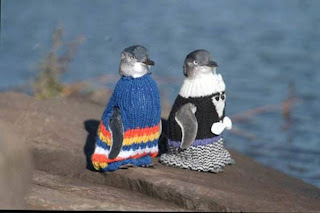The Ottawa Citizen had a bit of explaining to do after running a front-page story in the Saturday paper suggesting that a fun thing to do for Halloween is to write “poison” on a plastic jar or bottle and fill it with candy for kids to eat. The accompanying picture showed a skull and crossbones similar to the symbol used to indicate poison – a symbol parents teach their children which means danger.
In their mea culpa, the Citizen recognized “the need to train children not to touch and never to eat or drink from bottles or jars with that symbol on it, and it was a lapse in judgment for us to have suggested otherwise.”
 A student organization at Ohio University called Students Teaching Against Racism (STARS) created posters for their ‘We’re a culture, not a costume’ campaign. This campaign has generated a lot of response – both positive and negative. Some people say Halloween is a time to dress up and have fun and people should stop being so up-tight and sensitive. Others say that human dignity and respect should always be paramount.
A student organization at Ohio University called Students Teaching Against Racism (STARS) created posters for their ‘We’re a culture, not a costume’ campaign. This campaign has generated a lot of response – both positive and negative. Some people say Halloween is a time to dress up and have fun and people should stop being so up-tight and sensitive. Others say that human dignity and respect should always be paramount. “It’s hard to explain what is so wrong about being a geisha or a sheik for Halloween” writes Kristine Bui at Arizona University. “It’s unsettling. It’s a feeling I’ve always struggled to articulate – a discomfort that sort of just sits in the place between your heart and your stomach, quietly nagging. It’s a sense of being wronged without knowing exactly what was done to you.”
While apparently there are lots of people who don’t see what’s wrong with dressing up as a slutty geisha or a Middle Eastern terrorist for Halloween, there are others arguing that such caricatures perpetuate prejudice and are hurtful and offensive to people.
But where is the line between having fun and being offensive?
More tomorrow...






















